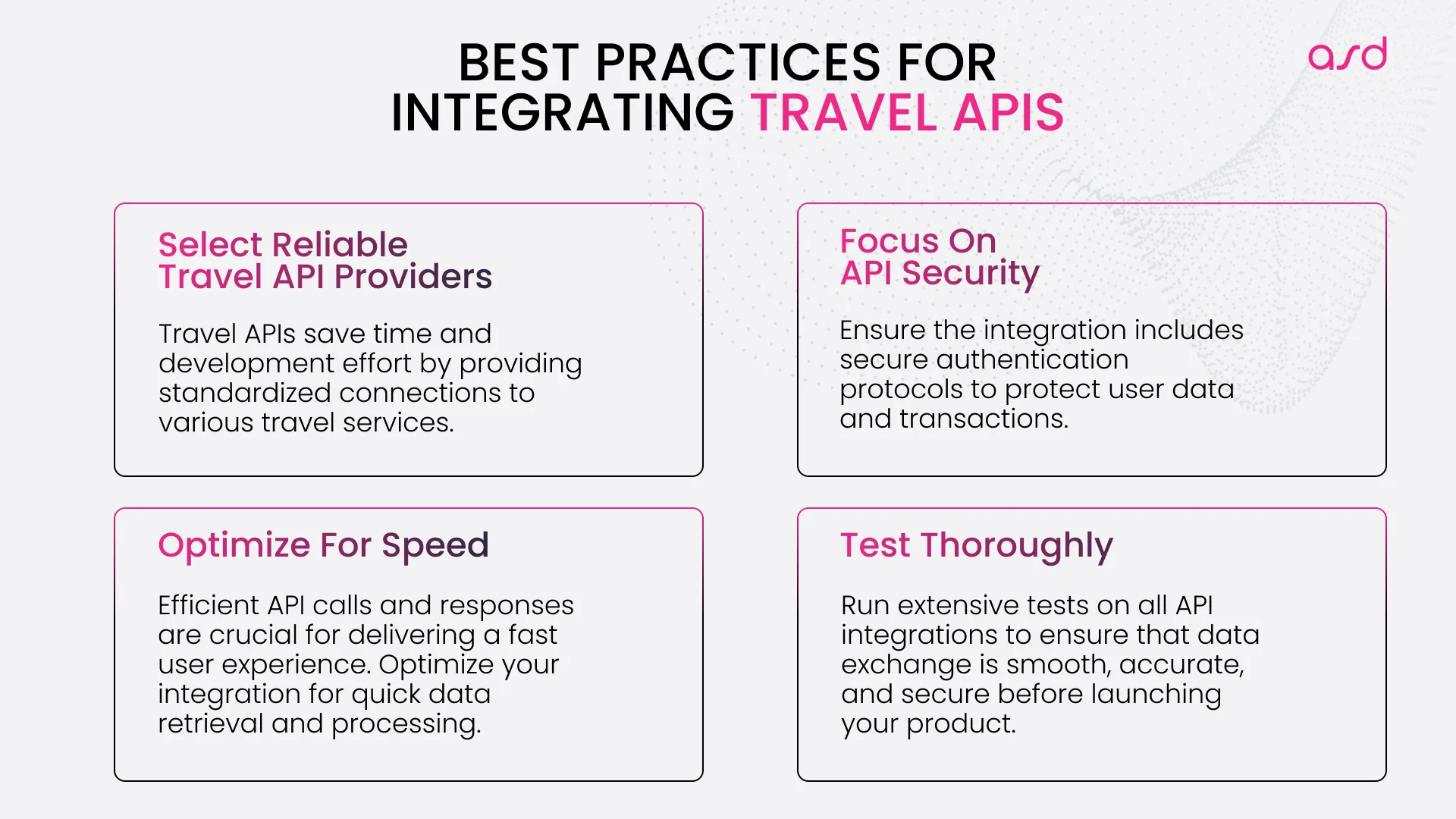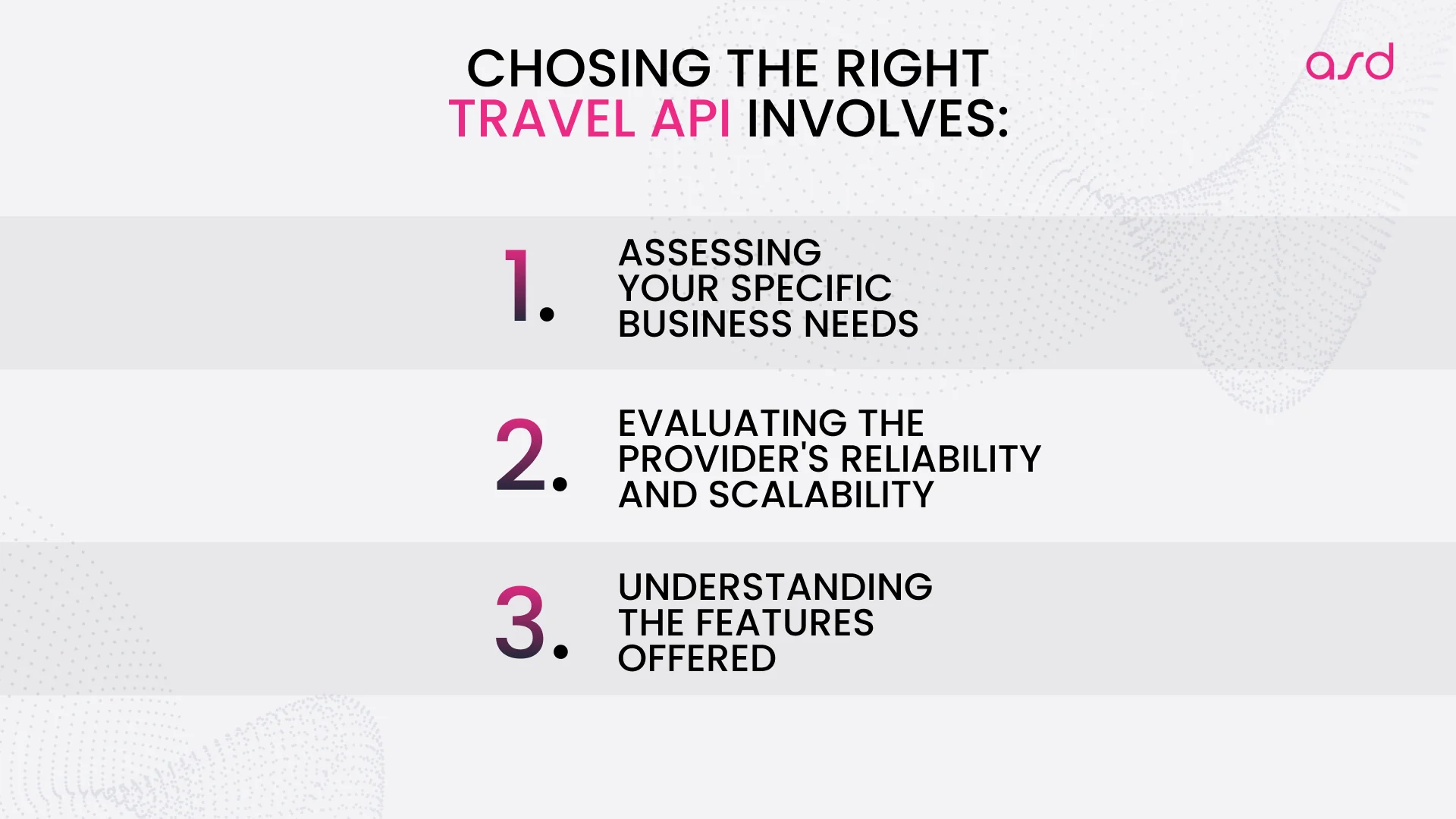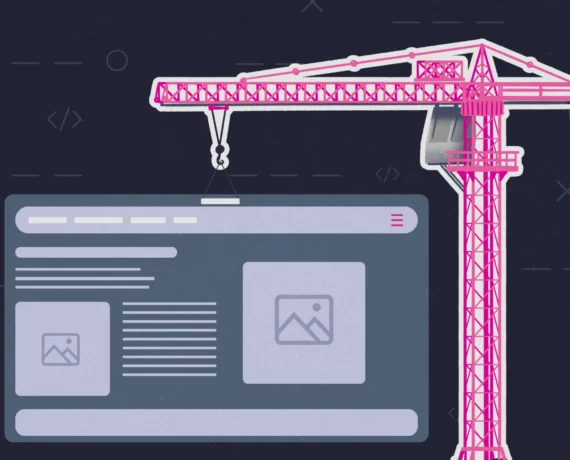Table of Content
- What are Travel APIs
- Variety of Travel APIs
- Benefits of Travel APIs for Tech Companies
- Best Practices for Integrating Travel APIs
- Reducing Travel API Integration Time
- The Impact of Travel APIs on Tech Product Companies
- How do travel APIs work
- How to Choose a Travel API
- Challenges of Travel API Integration
- Feature development vs API integration
- The Types of Travel API Providers
- Cost-effective API Integration for Travel Businesses
- API in the Travel Industry: Integration Services and Beyond
- API Meaning in Travel: A Vital Connection
Let’s start Travel API integration?
Book a callImagine planning a trip 30 years ago. You would call a travel agent, wait hours (or even days) for them to check flight availability, and then pick up your paper tickets from their office. Hotel reservations were handled separately, often through a phone call and rental cars. Well, that was another hassle altogether. Fast forward to today, and with just a few clicks or taps on your phone, you can book flights, hotels, and cars in seconds. What changed? The invisible technology behind the scenes — APIs.
The travel industry has undergone a digital revolution, and at the heart of this transformation lies the API (Application Programming Interface). APIs have made travel more accessible, personalized, and efficient by connecting a vast network of airlines, hotels, car rental services, and more. They are the unsung heroes that allow travelers to enjoy a seamless experience across multiple platforms.
For example, when browsing a travel website like Booking.com, APIs work in real-time, pulling data from dozens of airlines, hotel chains, and car rental companies to present you with the best options. With APIs, modern travel booking as we know it would exist. But how did we get here? Let’s dive into how APIs have become the backbone of the travel industry.
This short guide to Travel APIs is made for tech product companies looking to innovate in the travel industry. Whether you’re a developer, product manager, or business owner, understanding the role of APIs in travel can be a game-changer for your platform.
What are Travel APIs?
Travel APIs (Application Programming Interfaces) are software tools that allow travel service providers to communicate and exchange data in real-time. They enable travel platforms to access and integrate services like flight booking, hotel reservations, car rentals, and payment processing. For example, when a user books a flight through a travel website, a Flight Booking API connects the platform to multiple airlines to check availability, display flight options, and process bookings seamlessly.
Variety of Travel APIs
Understanding the types of Travel APIs is crucial for building a comprehensive travel product. Here are the key categories:
- Flight Booking APIs: These APIs provide real-time access to flight schedules, pricing, seat availability, and booking services. They aggregate data from multiple airlines to show users the best options.
- Hotel Booking APIs: Connects platforms to hotel databases, displaying real-time room availability, pricing, and booking capabilities.
- Car Rental APIs: Integrates data from car rental companies, allowing users to book vehicles based on location, availability, and pricing.
- Transportation APIs: Includes APIs for buses, trains, and other local transport services. They help users plan their journeys from start to finish.
- Tour Package APIs: Allow users to browse and book curated vacation packages, including accommodations, activities, and guided tours.
- Payment APIs: Facilitates secure and efficient transactions, supporting multiple payment options and currencies.
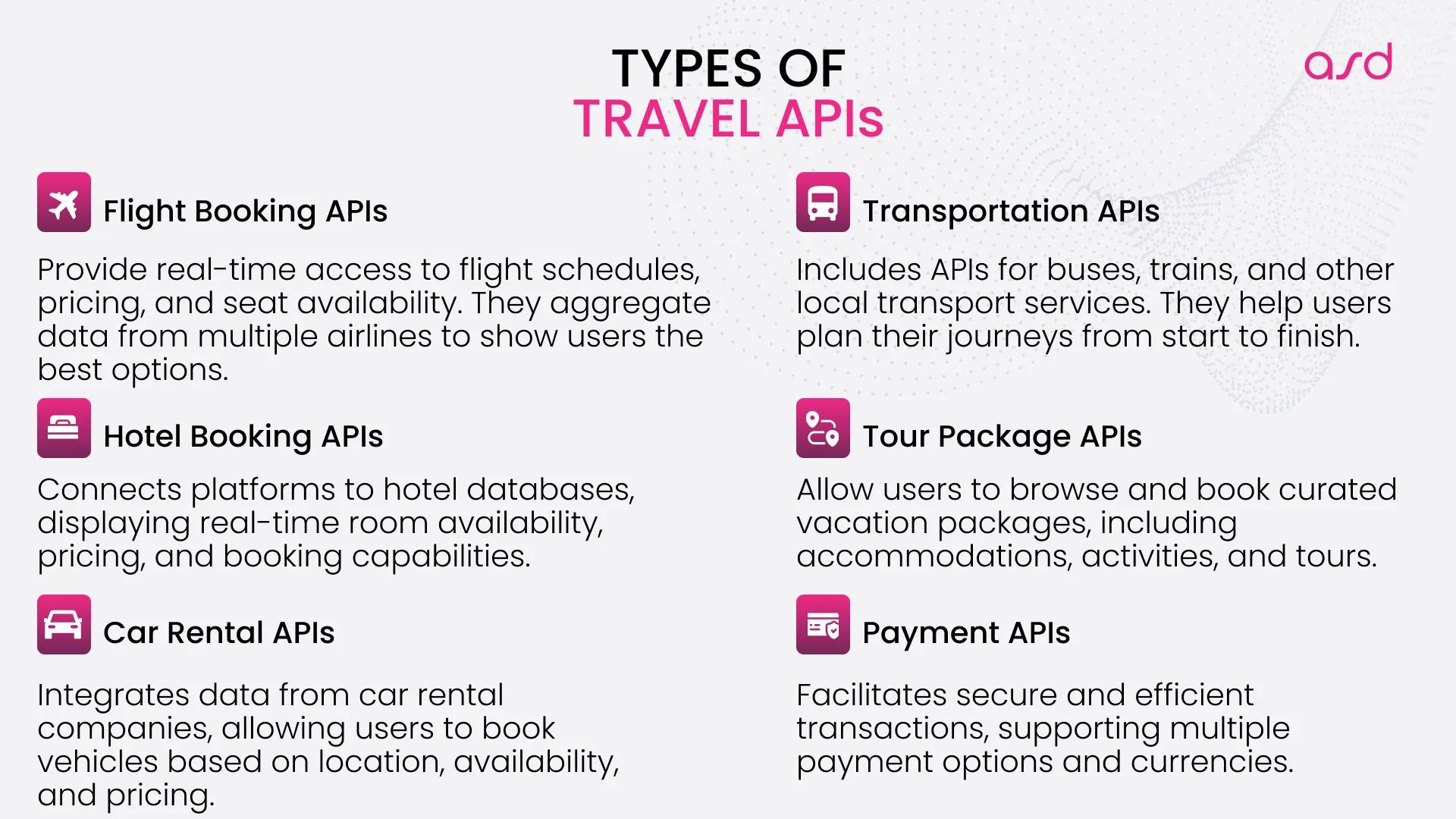
Benefits of Travel APIs for Tech Companies
For tech product companies, using Travel APIs offers several key benefits:
- Efficient Integration: Travel APIs save time and development effort by providing standardized connections to various travel services.
- Scalability: APIs offer a scalable solution that grows alongside your platform, allowing you to expand services as needed.
- Enhanced User Experience: By integrating multiple services, APIs enable a cohesive user experience where travelers can book everything in one place.
- Real-Time Data: APIs offer up-to-date information on availability and pricing, making it easy to keep your users informed.
Best Practices for Integrating Travel APIs
- Select Reliable Travel API Providers: Choose reputable API providers that offer comprehensive documentation, robust support, and reliable uptime. This will minimize downtime and improve the reliability of your platform.
- Focus on API Security: Ensure that the integration includes secure authentication protocols to protect user data and transactions.
- Optimize for Speed: Efficient API calls and responses are crucial for delivering a fast user experience. Optimize your integration for quick data retrieval and processing.
- Test Thoroughly: Run extensive tests on all API integrations to ensure that data exchange is smooth, accurate, and secure before launching your product.
Reducing Travel API Integration Time
To reduce integration time, work with API providers offering detailed documentation, pre-built SDKs (Software Development Kits), and demo environments. This allows developers to quickly understand the API’s structure, integrate it into their platform, and test it efficiently.
The Impact of Travel APIs on Tech Product Companies
For companies developing travel products, APIs are more than just connectors — they are foundational to delivering exceptional user experiences. Travel APIs simplify the complexity of connecting to multiple service providers, enabling tech companies to focus on innovation and improving their platforms. With the right API strategy, companies can gain a competitive advantage by offering comprehensive services, faster bookings, and enhanced personalization.
How do travel APIs work?
Travel API integration works by providing endpoints that allow developers to access specific functionalities or information. These endpoints follow built-in protocols like REST or SOAP, enabling developers to perform various tasks like searching for flights, booking hotels, or retrieving pricing information.
Here’s a simplified workflow:
1. Request
A user interacts with a travel application (like a website or app) to search for a service, such as a flight.
2. API Call
The application sends a request to the appropriate travel booking API, specifying parameters such as origin, destination, and travel dates.
3. Data Collection
The travel API retrieves and processes data from its connected travel partners (airlines, hotels).
4. Response
After processing, the API sends a response with relevant options, such as flight schedules or hotel listings.
5. Presentation
The travel app displays the options for the user to review and finalize the booking.
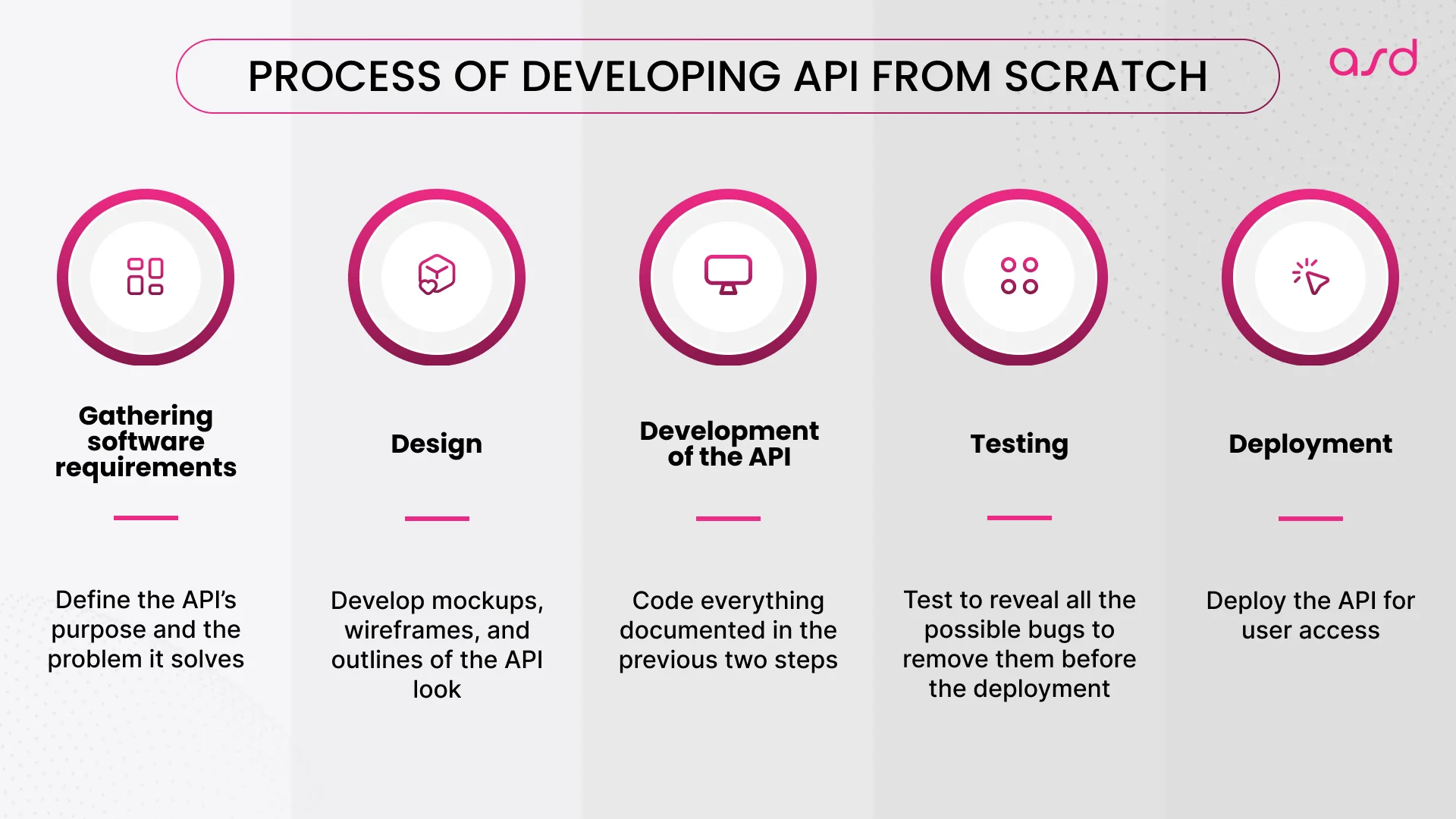
Travel booking APIs offer crucial services for companies looking to integrate external data sources into their systems. Whether you’re building a flight comparison site or a full travel booking platform, travel API integration can drastically improve both user experience and backend operations.
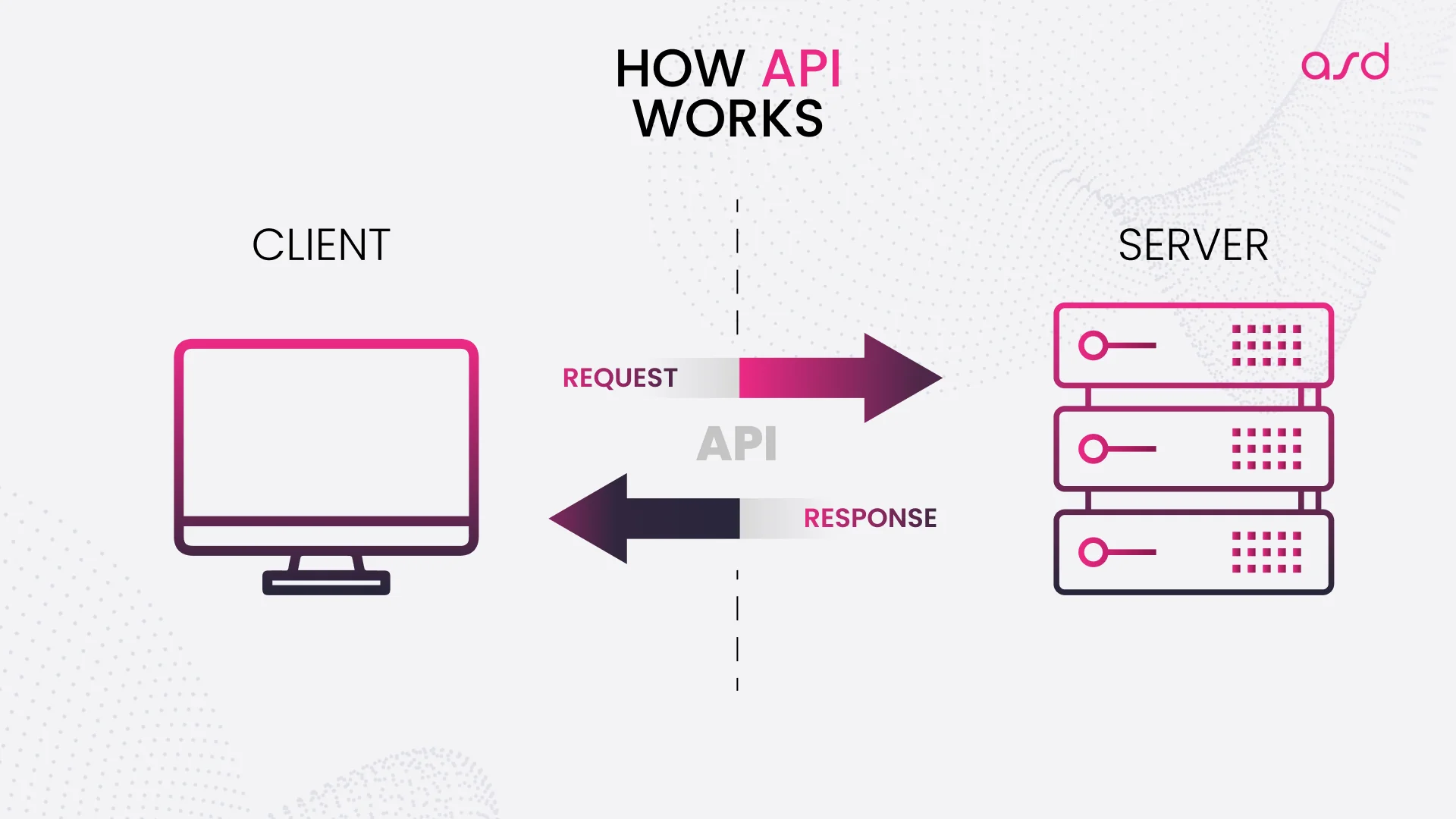 How to Choose a Travel API?
How to Choose a Travel API?
Choosing the right travel API involves:
- Assessing your specific business needs.
- Understanding the features offered.
- Evaluating the provider’s reliability and scalability.
Look for APIs that offer comprehensive documentation, responsive customer support, and robust integration capabilities to ensure a smooth onboarding process.
What Are the Challenges of Travel API Integration?
While integrating travel APIs can significantly enhance your offerings, challenges may arise, including data consistency, varying data formats, and the complexity of integration. It is crucial to work closely with your API provider to navigate these challenges and ensure a seamless experience for your users.
How ASD Team Helps to Choose and Integrate Travel APIs
The ASD team specializes in guiding businesses through selecting and integrating travel APIs. We offer personalized consultations to understand your unique needs, ensuring you choose the most suitable APIs. Our experienced team will also support you during the integration process, helping to streamline your operations and enhance your customer experience.
Feature development vs API integration
While feature development focuses on improving an application’s core functionalities, API integration leverages external services to enhance these functionalities. Choosing between feature development and API integration — or combining both — can make a significant difference for travel companies. APIs in travel open new avenues for companies to integrate external services, such as payment gateways or weather data, and provide a richer experience for users.
The Types of Travel API Providers
The growth of travel API providers has allowed travel agencies, online platforms, and other companies to access various services. A travel API provider company offers businesses the tools to integrate these APIs into their systems, allowing them to book flights, hotels, rental cars, and other travel-related services through a single platform.
Companies like Amadeus, Travelport, and ASD team (we) are top B2B travel API providers that supply access to vast databases of airlines, hotels, and other services. These travel API integrations ensure that companies can offer travelers real-time booking options worldwide. The streamlined API integration for travel has also contributed to the rapid growth of online travel agencies (OTAs) and mobile booking apps.
Travel Booking APIs
Travel booking APIs are the cornerstone of modern travel software development services. These APIs allow companies to connect with airlines, hotel chains, car rental services, and more. They gather and display real-time availability, pricing, and other crucial information.
By leveraging a travel booking engine API, companies can reduce manual booking processes and offer travelers up-to-date options at their fingertips. This process is enabled by a travel booking API provider that acts as the middleman between suppliers (e.g., airlines or hotels) and booking platforms. With a properly integrated API for travel booking, businesses can provide users with instant confirmations, cancellations, or changes, resulting in a better user experience.
Transportation API
Beyond flights and hotels, transportation APIs play a critical role in the travel ecosystem. These APIs link travel platforms with services like car rentals, public transportation, and even ride-sharing companies. For example, integrating a transportation API allows users to rent a car, book a ride, or find local transportation options all within the same platform they used to book their flights.
The availability of travel APIs integration with multiple services enables a one-stop-shop experience for travelers. This comprehensive booking experience simplifies the customer journey and allows travel businesses to remain competitive in the crowded travel market.
Flight APIs
Flight APIs provide developers with access to real-time flight information and bookings, offering features like price comparison and flight tracking. Hotel booking APIs deliver up-to-date hotel data, such as room availability and rates, allowing for seamless integration into travel applications. Both types of APIs can be integrated quickly and offer flexible solutions for companies aiming to provide comprehensive booking platforms.
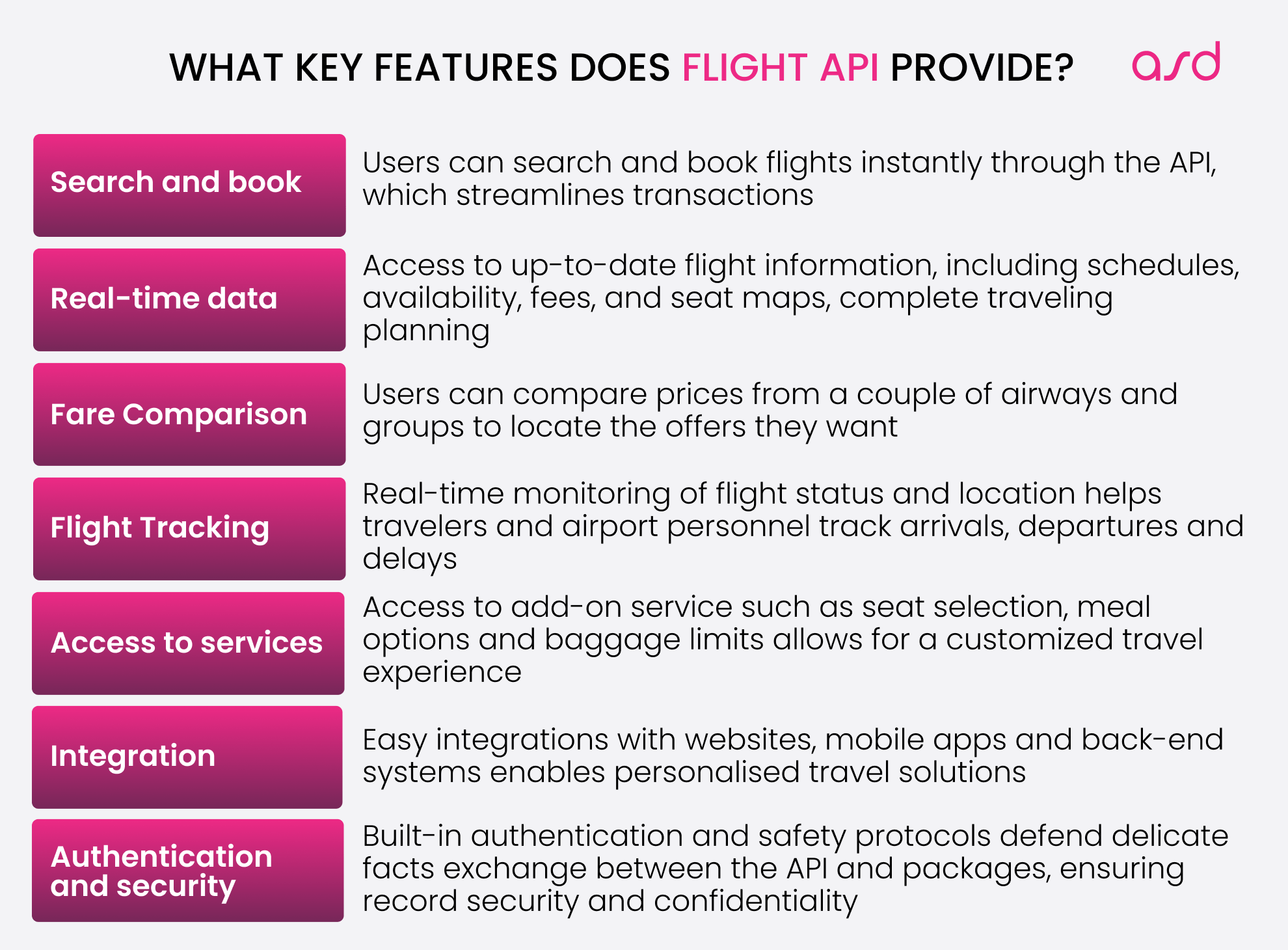
Accommodation APIs
Accommodation APIs enable companies to access a wide array of lodging options, from hotels to vacation rentals. These APIs provide real-time availability and pricing, allowing users to compare various accommodations quickly. Integrating accommodation APIs helps streamline the booking process, enabling seamless transitions from searching to reserving.
Activity and Experience APIs
Activity and experience APIs allow travel businesses to offer additional services like tours, excursions, and local experiences. These APIs connect users to attractions and activities, providing essential details such as availability, pricing, and user reviews. By incorporating these APIs, companies can enhance their offerings, providing travelers with a complete itinerary for their journeys.
Payment APIs
Payment APIs are essential for facilitating secure transactions within the travel ecosystem. These APIs enable businesses to accept various payment methods, ensuring smooth and secure checkout experiences for users. With a payment API, travel companies can also manage refunds and cancellations efficiently, improving overall customer satisfaction.
Travel and Booking APIs: Сonnectivity Landscape
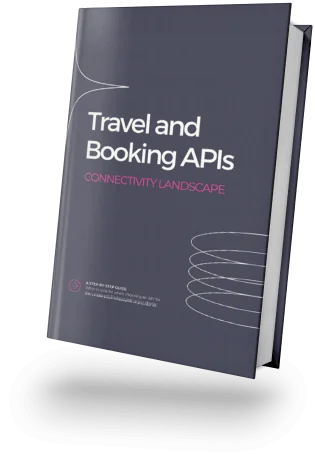

Cost-effective API Integration for Travel Businesses
For travel companies, finding a cost-effective API integration travel solution is necessary. APIs for online travel and tourism service providers help reduce the costs of managing multiple systems. By adopting APIs, companies can automate processes that once required manual effort, from checking availability to confirming bookings.
Additionally, businesses can save time through modern solutions that reduce travel API integration time. Instead of months-long development processes, some companies now offer tools that show how to integrate travel APIs quickly, giving businesses the agility to keep pace with consumer demand. Whether through custom-built platforms or partnerships with a leading travel API provider, swift, efficient integration is the key to staying competitive.
API in the Travel Industry: Integration Services and Beyond
API integration has become a cornerstone of the API in the travel industry. With the rise of API travel provider services, travel companies can now access endless options to improve their offerings. By utilizing API integration services for travel, businesses can automate various functions, from booking management to post-trip follow-ups.
Moreover, API travel integrations have significantly reduced errors and increased operational transparency. The future of travel API integration services will continue to focus on minimizing integration time while maximizing efficiency and customer satisfaction.
API Meaning in Travel: A Vital Connection
Ready to elevate your travel business?
Type in your email and our experts will connect you as soon as possible.


So, what does API stand for in travel? In the travel industry, APIs serve as the critical link connecting various service providers, acting as a bridge between them. These systems enable airlines, hotels, car rental agencies, cruise lines, and other players in the travel ecosystem to connect and share data in real time. Understanding API integration for travel can transform how businesses operate by improving the efficiency of booking services and allowing for personalization and tailored experiences.
The definition of APIs in the travel industry revolves around connectivity and efficiency, making it easier for companies to scale and adapt to a rapidly changing market. The adoption of APIs for travel has forever changed how people plan and experience their trips, offering travelers access to more services than ever in a streamlined, user-friendly manner.
For travel companies looking to expand, API travel solutions provide the flexibility and scalability needed to meet market demands. As businesses explore what APIs are in the travel industry, it becomes clear that these tools are not just a technical innovation — they represent the future of the travel experience.
The rapid development of API in travel has brought increased efficiency, improved customer service, and greater flexibility. Whether through a B2B travel API or a consumer-facing travel booking API, the potential for growth via effective travel API integration is immense. With travel API providers continually evolving and offering new solutions, the industry is primed for further innovation. So, the next time you book a trip online, remember that the humble travel API powers the magic behind your experience.
Questions? Answers!
What is API definition travel?
An API in travel is a software interface that connects travel providers and booking systems, allowing them to exchange information like availability and pricing.
What does API mean travel?
API definition travel (meaning) refers to a software interface that connects travel providers with booking systems, allowing real-time data exchange like availability, pricing, and bookings.
How to integrate travel API quickly?
Choose a reliable API provider with clear documentation and support to ensure fast integration.
What are the types of travel APIs?
Travel APIs include Flight Booking APIs, Hotel Booking APIs, Car Rental APIs, Tour Package APIs, Payment APIs, and Transportation APIs. These APIs allow booking platforms to access and provide specific services like flights, accommodations, car rentals, and more.
What is the process of travel API integration?
The process involves choosing a suitable travel API provider, obtaining API keys and documentation, integrating the API with your platform, testing for seamless functionality, and launching the service to ensure smooth bookings and data retrieval.

